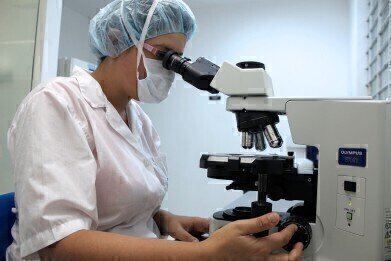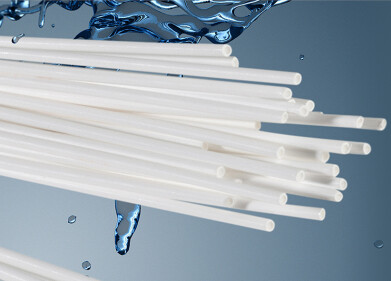Waste management
How Small Are Microplastics?
Jan 28 2022
Microplastics is a term used to refer to tiny particles of plastic that have become so widespread in our environment that they’re found at the furthest reaches of the natural world. From the highest point on the planet (Mount Everest) to the lowest (the Mariana Trench), microplastics have made their mark.
According to a definition posited by the National Oceanic and Atmospheric Administration (NOAA) and generally accepted around the world, microplastics are defined as those which are smaller than 0.5mm in length. For context, that’s around the size of a single grain of rice. However, it should be remembered that this is the maximum size a microplastic can be.
They can (and often do) take much smaller forms and it’s quite possible that there exist microplastics so small that they’re not currently detectable by our most advanced monitoring methods. But where do they come from, where they do go and why are they a problem?
Where do microplastics come from?
There are two types of microplastics: primary and secondary. The former are deliberately included in the production of certain consumer products, such as paints, varnishes and detergents to provide an abrasive element. They’re not limited to the world of cleaning products, though, since cosmetics like face washes, scrubs and toothpastes can also contain them.
The latter are created when larger pieces of plastic break down over time into smaller microplastic fragments. This can occur when textiles are washed at high temperatures and under severe pressures (in a washing machine, for example), when vehicle tyres are subjected to repeated braking and cornering or when plastic waste is allowed to degrade in the environment.
Where do microplastics go?
Regardless of where microplastics come from, they almost invariably end up in the same place: our seas and oceans. They can arrive here either through accidental leakages of waste, deliberate littering by thoughtless individuals or through bypassing the filtration systems at wastewater treatment plants.
Today, it’s estimated that there are trillions of individual pieces of microplastics in our waterways. Although the scientific community has been working hard to come up with new and innovative ways to tackle this pollution – including the use of machine learning to identify and quantify microplastic types – they still remain a significant threat to the ecosystems where they are found.
Why are they a problem?
Because they are of a similar size to phytoplankton, they can be mistaken for this primary food source by zooplankton. These tiny organisms are then fed upon by other marine animals like fish and shellfish, allowing the microplastics to infiltrate the food chain. Not only can they have a damaging or even fatal effect on the animals which ingest them, but they can eventually end up on our dinner tables.
Thanks to the results of a recent study from the University of Hull, we now know that microplastics are dangerous enough to cause allergic reactions and even kill cells in levels to which humans are regularly exposed. This exposure occurs through eating and drinking contaminated food and water – and even breathing contaminated air. As such, microplastics are tiny objects which pose massive problems.
Events
May 11 2025 Vienna, Austria
May 18 2025 Algiers, Algeria
23rd International Water Management Exhibition
May 20 2025 Prague, Czech Republic
Singapore International Water Week Spotlight 2025
Jun 23 2025 Singapore
Jun 25 2025 Sao Paulo, Brasil














